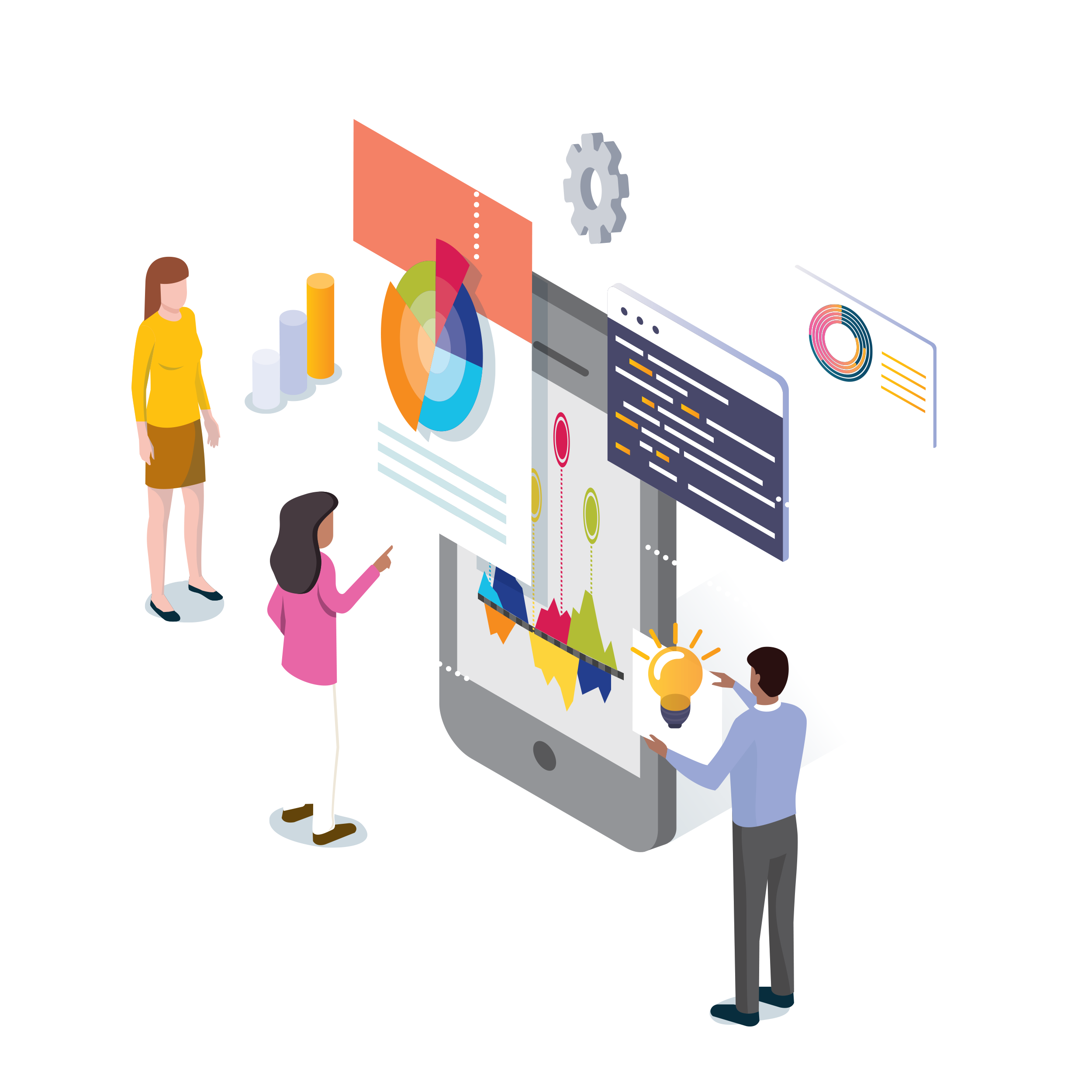Socioeconomic Status
Factor Connections
Hover to see how factors connect to Socioeconomic Status. Then click connected factors to explore strategies related to multiple factors.
How Socioeconomic Status connects to...
Socioeconomic Status (SES) refers to a combination of factors, including education and income of a family compared to other families. Students raised in socioeconomically advantaged homes can have significant advantages in learning early math skills, particularly in experience with math related activities. Providing extra supports and resources can help create an equal foundation for all students.
Main Ideas
According to the National Center for Childhood Poverty, 21% of children in the United States live in families with incomes that are classified as below the federal poverty threshold. Furthermore, 43% of children live in low-income families where they have difficulty covering basic expenses, such as housing and food. Two additional issues arise from living in a low-income family:
Housing insecurity refers to high housing costs relative to income. This disparity can result in difficulty paying monthly rent and utilities, which in turn can lead to instability from being forced to move frequently and, in some cases, homelessness.
Food insecurity refers to lacking access to sufficient amounts of nutritious food.
The trauma of economic hardship and lack of resources at home and in the community can have long-term effects on academic achievement as students advance into the upper elementary grades and beyond.
Students from high SES homes are often exposed to more math talk than peers in economically disadvantaged homes. As a result, they typically have more advanced number sense and competence by the time they enter kindergarten. The resulting disparities in math achievement often persist into the middle school years.
Many of the negative effects that poverty has on early math skills development can be mediated through general math activities and parental and classroom math talk.
Learn More
Building Blocks for Learning: A framework from Turnaround for Children


